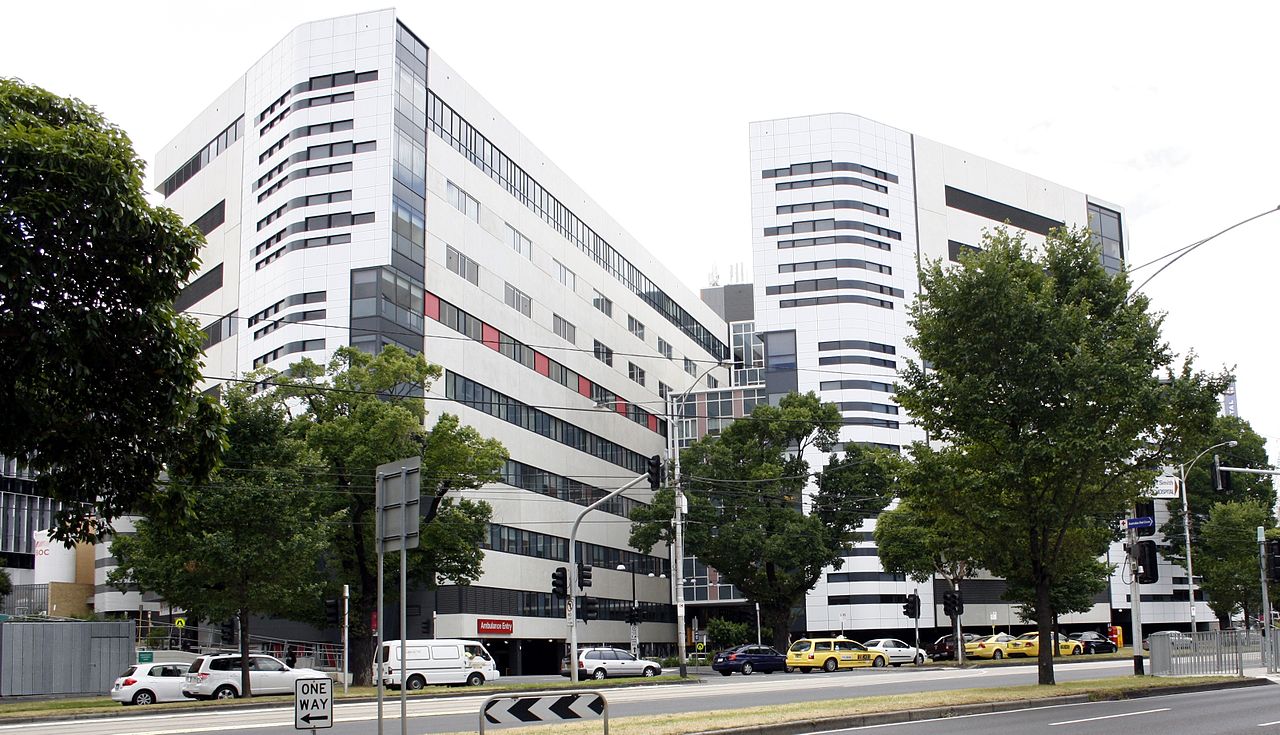
Health & Medicine
It’s a fact: Women get better with age

Endometriosis is very common, but relatively little is known about it; Melbourne researchers are filling in these knowledge gaps, starting with the condition’s link to body mass index
Published 12 June 2018
Painful, stressful and all-too-common, endometriosis – abnormal tissue growth affecting a woman’s reproductive and pelvic organs – can be devastating, in some cases leaving women infertile and vulnerable to complications elsewhere in the body.
Despite affecting one in ten women of reproductive age, the condition is relatively under-researched and remains difficult to diagnose and treat. But a large study based at the Royal Women’s Hospital and the University of Melbourne is seeking to open the way for tailored treatments, screening for complications and even shedding light on its genetic underpinning.

Its latest research, a study of 500 women with surgically confirmed endometriosis, has found that, contrary to popular belief, endometriosis is not associated with thin body types, instead the majority of patients have a body-mass index (BMI) in the healthy range.
And although the study, published in the Journal of Endometriosis and Pelvic Pain Disorders, confirms that obese women are less likely to have the disease, it found that when they do get it they are much more likely to have a severe form.
The research is particularly significant because it is the first to feature women with surgically confirmed cases of endometriosis. Previous studies have relied on self-reported cases.
Endometriosis occurs when tissues similar to the endometrium, which lines the uterus, grow in other places. Instead of shedding the lining with menstruation, the blood and tissues can travel upwards and out through the fallopian tubes, surviving anywhere in the pelvic cavity like the ovaries, outside the fallopian tubes or on the internal surface of the abdomen.
While ultrasounds and MRI scans can be used to investigate the condition, laparoscopic (or ‘keyhole’) surgery is the only way to reach a definite diagnosis.
“When a surgeon goes in to investigate endometriosis, they are looking for things like abnormal blisters and lesions of various sizes,” says lead author, Dr Sarah Holdsworth-Carson, a a Postdoctoral Research Fellow in the Gynaecology Research Centre at the Royal Women’s Hospital and the University of Melbourne.
“The severity of the condition is based on what the surgeon sees. The more lesions there are, the bigger they are, and the deeper they have invaded the tissue, the more severe the case. Lesions on the ovaries also increase the severity.”
Often the surgeon will remove the endometriosis during the same laparoscopic surgery, reducing the number of surgeries the patient experiences. This can be an effective treatment in the majority of cases. But when the condition is severe they may not be able to remove everything, meaning the patient might need to return for more surgery. It is also common for endometriosis to return, even if the surgeon has removed all the lesions in the previous surgery.
“Our findings provide really vital information that clinicians need when planning surgery,” says Dr Holdsworth-Carson. “If the patient is obese, they now know the chances are she will have a more severe form of the disease, meaning they can plan accordingly.
“This should hopefully reduce the number of surgeries women are experiencing.”

Dr Holdsworth-Carson’s study has now attracted over 800 participants, making it Australia’s largest and most comprehensive study into the diagnosis and treatment of endometriosis. They are recording lifestyle information, body shape, medical histories, pathology reports, genetic information and tissue samples, with the aim of understanding as much as possible about the disease. Researchers also follow up with patients 12 months after their surgeries with a second questionnaire.
The goal is to gather as much information as possible so that women can be given more tailored interventions and therapies.
“Endometriosis can strike any time from a woman’s first period until menopause, often causing considerable pelvic pain and sometimes fertility problems,” says Dr Holdsworth-Carson. “It can be really devastating. We need to understand it in more detail so we can offer women better treatments.”

Health & Medicine
It’s a fact: Women get better with age
Doctors will often try hormone therapies like the pill, particularly with teenagers, to suppress the patient’s periods and stop lesions forming.
“But when it comes time for them to have a family, they obviously need to stop their treatments – it’s a horrible situation for many women.”
For some women the condition is asymptomatic, and they only discover they have it when they find themselves unable to fall pregnant.
With funding from the National Health and Medical Research Council (NHMRC), Dr Holdsworth-Carson and her team (Professor Peter Rogers, Associate Professor Martin Healey, Professor Grant Montgomery and Dr Jane Girling) are focusing in particular on the genetics behind the disease.
They are exploring two genes of interest in particular, with no known role in uterine in biology or reproductive biology and are hopeful they will be able to decipher the genetic factors underlying the disease.
Dr Holdsworth-Carson also has a growing interest in the link between endometriosis and metabolism.

“We are getting lots of clues about the link between endometriosis and poor cardiovascular health and poor metabolism,” she says.
“For example, we already know that women with endometriosis are more likely to have high cholesterol. That’s why we wanted to look at BMI with this latest study.
“It looks like endometriosis could be more than just than a gynaecological condition. There could be implications for patients in the long term, 20 or 30 years down the track.”
Ultimately their aim is to improve the understanding of this terrible and debilitating condition and to develop a screening tool that could be used to better diagnose women with endometriosis.
Further, such tools could be useful for identifying women who are at high risk of developing other diseases, so doctors can offer support to help prevent their onset.
“Endometriosis hasn’t received much attention in the past, but this is more than a ‘little’ disease,” says Dr Holdsworth-Carson. “I suspect we’ve only just scratched the surface of what we can learn about it.”
Banner image: Shutterstock